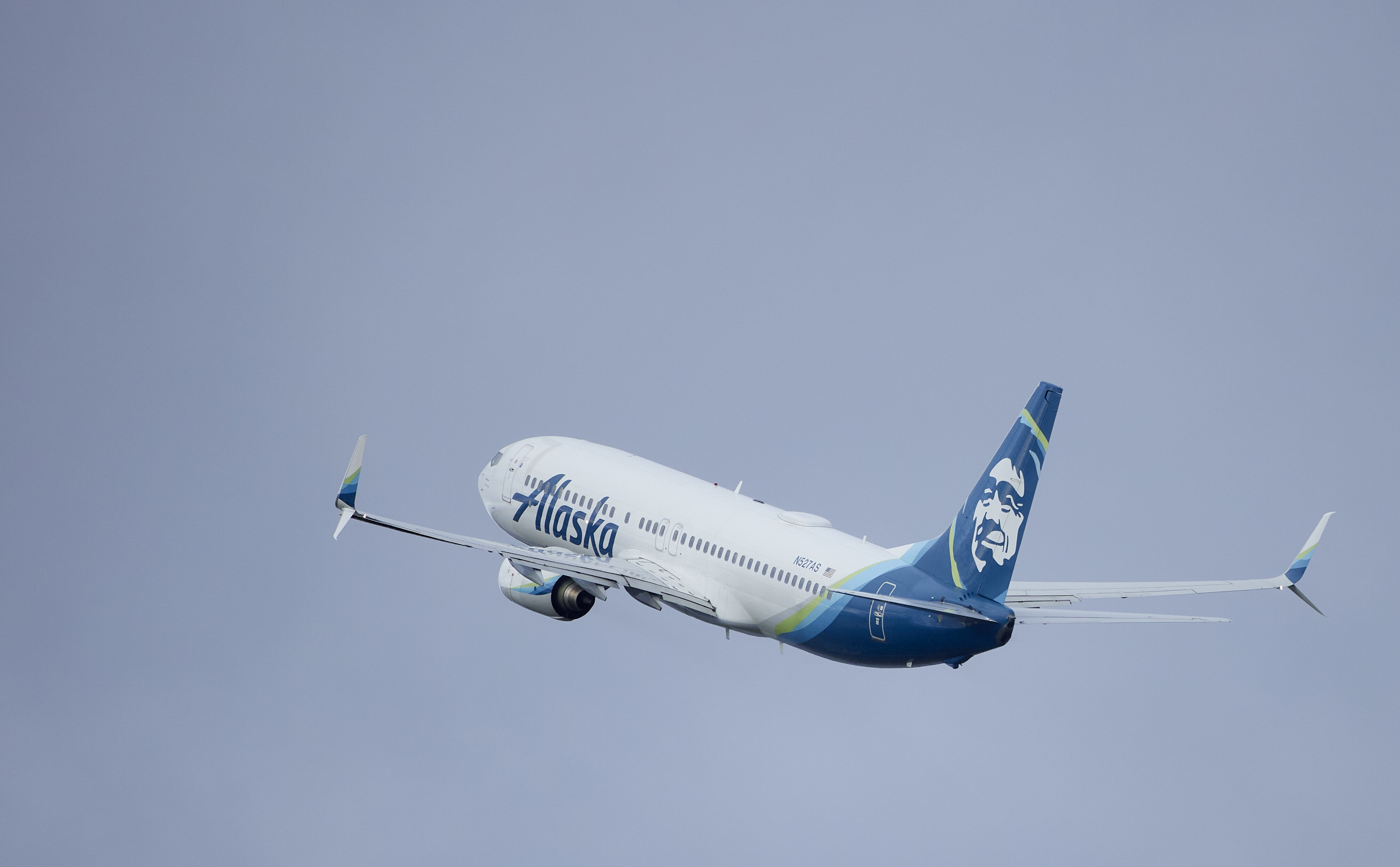- cross-posted to:
- [email protected]
- cross-posted to:
- [email protected]
Alaska flight incident reveals another feature Boeing didn’t inform pilots about - Federal investigators said that Boeing didn’t make pilots aware that when a plane rapidly depressurizes, the cockp…::undefined



In the case of an explosive decompression, you can’t have that wall trying to resist the pressure difference. It’ll blow in a horrible way and probably destroy a ton of circuitry / wiring.
It needs to fail open like this, that design makes sense. The pilots should have been informed though.
An attacker could probably leverage that though to get into the cockpit.
See https://admiralcloudberg.medium.com/a-legal-and-moral-question-the-crash-of-turkish-airlines-flight-981-and-the-dc-10-cargo-door-saga-d22f0b9fa689
If that design is necessary it has presumably always been like that on every pressurized plane ever built. So it shouldn’t have been a surprise. But, some vents should be able to equalize the pressure without opening the door.
ISTR hearing that El Al planes had separate entrances for the cockpit and passenger compartment so there was no way to enter or leave the cockpit except on the ground. No door, just a reinforced wall. But maybe that was a post-911 urban legend.
Aircraft maintenance has been doing the negative pressure unlock tests on cockpit doors for decades, its honestly surprising what isn’t common knowledge. Like others have said, rapid decompression of only a portion of the aircraft is very bad, and will result in massive structural failure as individual compartments aren’t pressure rated and will blow apart. The doors I’ve had experience with had large panels that would pop out when in a negative pressure event.
Interesting. Now I’m wondering if the bathroom doors also blow out if there is decompression.
Those don’t seal well, so probably not
I think my ass would be having a blow out too if that happened
“some vents” are simply too small.
Then make them larger.
It’s not even technically challenging. Just a couple tubes of appropriate diameter with a dog leg in them if they’re too large. Or multiple small tubes. It’s a few psi (IIRC planes are about 10psi at altitude, approx a 7psi differential from outside at 40k ft cruise altitude) albeit a large volume. But the cockpit volume is relatively small, so doesn’t take much time to equalize, and once it starts to equize, the force from pressure drops quickly, probably non-linearly.
Decompression in planes is awfully exaggerated in movies.
Removed by mod
Did you Google this, or is this your profession?
Removed by mod
How about we just skip the door and put up a sign that says pilots and crew only?
Better put ‘gun free zone’ on that sign, just in case
No shampoo beyond this point.
Removed by mod
There are surely some vents that could handle a slower decompression, but a sudden event that reduced the pressure by half in a single second would be too much. 6 tons is a lot of force for a door to take, especially when it is in the opposite direction of most threats the door is supposed to stop.
Seems like a burst disk in the bulkheads would be a better solution than counting on a door to pop open.
Cockpits would need their own bathroom, food, and maybe sleeping area if they had no door. Can’t see that happening.
Your getting downvoted by people who’ve never flown on a 737, or even better, an MD80!
Yeah I don’t get it. Lemmy is an odd place at times.
As per pre-911 we just may need to discourage hijackers from attacking planes through other vectors, not that the TSA is an actual deterrent. It’s difficult to believe our current measures take terrorism seriously.